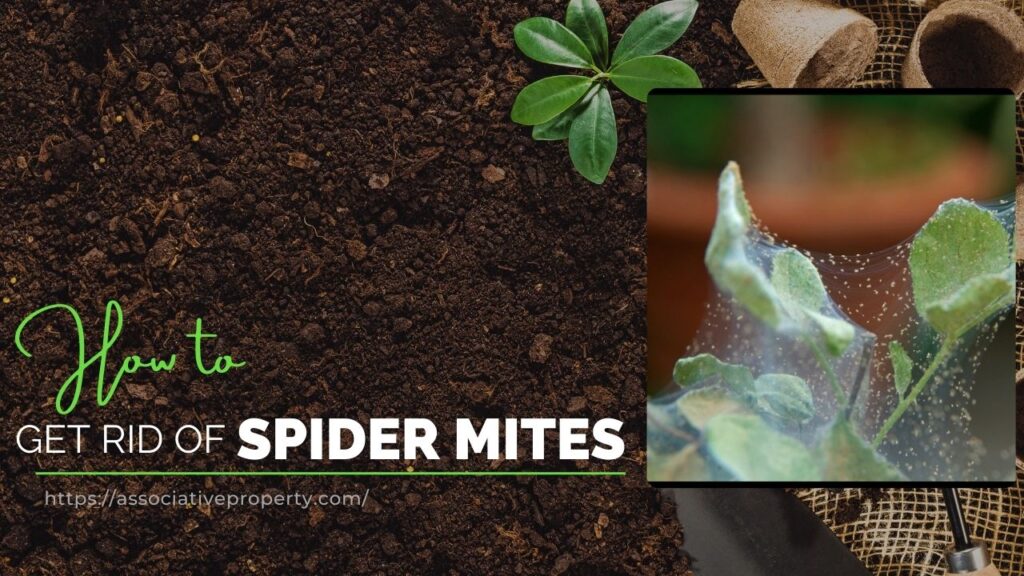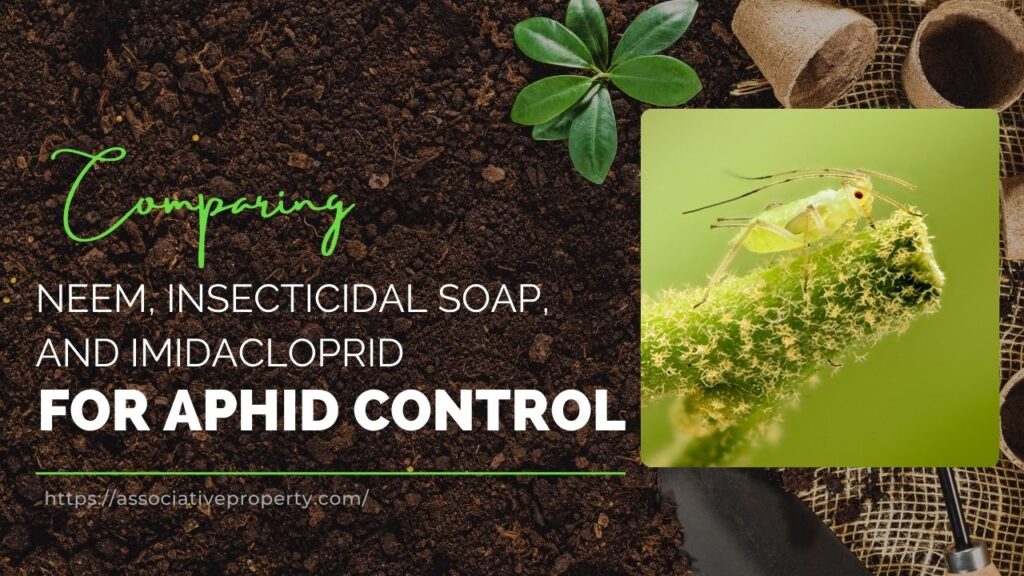Grasshoppers might not be the scary villains we see in animated movies, but they’re definitely one of the more destructive pests out there. I learned this the hard way when they started taking over my lawn and garden. They didn’t just stick to grass — they also went after my garden plants and started damaging everything in sight.
So, I knew I had to act fast.
Facts and Figures About Grasshopper Control
| Category | Fact / Statistic |
|---|---|
| Species Worldwide | Over 11,000 species of grasshoppers have been identified globally |
| Size Range | Grasshoppers grow from 1 cm to 7 cm in length |
| Jumping Ability | Some species can jump 20 times their body length, up to 1 meter |
| Feeding Rate | A single grasshopper can eat its body weight in vegetation each day |
| Swarm Behavior | Migratory locusts can form swarms with billions of individuals |
| Damage Scale | Swarms can destroy hundreds of thousands of acres of crops in days |
| Insecticide (Bifenthrin) | Effective against over 70+ insect pests, including grasshoppers |
| Application Rate | Reclaim I.T.: Use 0.25 – 0.5 fl oz per 1,000 sq ft for lawn and garden |
| Spray Frequency | Reapplication every 90 days (3 months) for effective control |
| Watering Lawn | 1 inch of water per week helps turf develop deep root systems |
| Mowing Height | Mow lawn to a height of 3–4 inches for healthy, pest-resistant grass |
| Active Time | Grasshoppers are most active during the day, but can feed at night as well |
| Entry Prevention | Use copper mesh + caulk to seal holes as small as 1/4 inch |
Let me walk you through exactly how I identified, treated, and now prevent grasshoppers from coming back. I’ll also share the product that worked best for me and how I applied it safely and effectively.
Step 1: Identifying the Problem
The very first thing I had to do was confirm what I was dealing with. Getting the pest wrong could lead to using the wrong product, wasting time and money.
Here’s what I looked for:
- Long hind legs and two pairs of wings
- Two antennae and big, compound eyes
- Body colors like green, brown, or gray
- Size between 1 to 7 centimeters
I also learned about locusts, which are a type of grasshopper. Normally, they behave like regular grasshoppers, but when their population grows, they start to change color and form huge swarms. One example is the migratory locust, which turns from green to brown or black and acts almost like a single destructive force with others in the swarm.
Step 2: Inspecting My Lawn and Garden
Once I knew I had a grasshopper problem, I walked around my property to find where they were most active.
Here’s what I did:
- Looked in areas with tall grass and garden plants
- Watched for actual hopping or flying grasshoppers
- Checked grass blades and plant leaves for chew marks
Tip: Grasshoppers are most active during the day, but they might feed at night too. I made sure to note where I saw them so I could focus treatment on those areas.
Step 3: Treating the Infestation
Now that I had confirmed their presence, it was time to take action. I used a product called Reclaim I.T., a liquid insecticide concentrate that contains bifenthrin. This insecticide works against over 70 pests, including grasshoppers.
Important: Before using any pesticide, I made sure to wear my PPE (personal protective equipment) and kept people and pets off the treated area until it was dry.
Here’s how I applied Reclaim I.T.:
For Lawn and Garden Treatment
- Measured the treatment area
I calculated the square footage by multiplying the length and width. - Mixed the solution
- Filled a handheld pump sprayer with half a gallon of water
- Added 0.25 to 0.5 fluid ounces of Reclaim I.T. per 1,000 sq. ft.
- Topped it up to one gallon
- Shook it well for even mixing
- Sprayed evenly over the lawn
I used the fan setting to coat grass blades until they were wet but not dripping. - Treated garden and ornamental plants
- I avoided spraying edible plants
- Used the fan setting again and sprayed both the tops and undersides of leaves
For Perimeter Treatment Around My Home
- Mixed 0.33 to 1 fluid ounce of product per 1,000 sq. ft.
- Sprayed around:
- Doors
- Windows
- Vents
- Wall openings
- Continued along the base of my home, spraying:
- 3 feet up the structure
- 3 feet out from the foundation
This helped stop grasshoppers from entering my house.
Step 4: Preventing Future Infestations
After treatment, I focused on keeping them away for good. Prevention made all the difference.
What I did to prevent grasshoppers:
- Mowed my lawn weekly to a height of 3 to 4 inches
This helped maintain healthy roots and discouraged grasshopper activity. - Watered my lawn properly
I gave it 1 inch of water once a week in the morning, which helped roots grow deeper and made the turf more resistant to pests. - Sealed openings around my home
Using copper mesh and caulk, I blocked any small gaps where pests could sneak inside. - Reapplied Reclaim I.T. every 3 months
This kept the grasshopper population in check throughout the year.
Quick Recap Table
| Step | Action Taken |
|---|---|
| 1. Identify | Looked for physical traits of grasshoppers |
| 2. Inspect | Checked lawn, garden, and noted active areas |
| 3. Treat | Used Reclaim I.T. on lawn, garden, and perimeter |
| 4. Prevent | Mowed, watered properly, sealed gaps, reapplied spray |
Grasshoppers can destroy an entire lawn or garden if left unchecked. But with the right approach and a few simple tools, I was able to stop them before they caused more damage.
These steps, combined with the right product and a bit of consistency, made all the difference for me. If you’re dealing with grasshoppers in your yard, I hope this guide helps you get back control, just like it helped me.
FAQs: How To Get Rid of Grasshoppers
Q1: Will grasshoppers go away on their own?
No, grasshoppers usually won’t leave unless conditions change. If there’s plenty of food and shelter, their population can grow quickly. Early control is key to preventing a full-blown infestation.
Q2: Are grasshoppers harmful to humans or pets?
Grasshoppers don’t bite or sting and aren’t dangerous to people or pets. However, they can spread plant diseases and cause serious damage to lawns and gardens if not managed properly.
Q3: Can I use natural or organic methods to control grasshoppers?
Yes, here are a few natural methods:
- Neem oil: Works as a repellent and disrupts their growth cycle.
- Garlic spray: Homemade garlic sprays can help deter them.
- Encourage predators: Birds, frogs, and chickens eat grasshoppers.
Q4: When is the best time of year to treat for grasshoppers?
The best time is early summer, when young grasshoppers (nymphs) are active. They are easier to control before they become adults capable of flying and laying eggs.
Q5: How do I keep grasshoppers out of my vegetable garden?
Here are safe, chemical-free ways to protect your vegetables:
- Use row covers or garden mesh to block access.
- Apply diatomaceous earth around plant bases.
- Keep your garden weed-free and tidy to reduce hiding spots.
Q6: Do grasshoppers lay eggs in the lawn?
Yes, many grasshopper species lay eggs in bare, dry patches of soil. Keeping your lawn well-watered, healthy, and mowed makes it harder for them to lay eggs and helps reduce future populations.
Q7: Can I prevent grasshoppers without using chemicals?
Yes, here are some prevention tips:
- Maintain a short, healthy lawn.
- Clear weeds and brush piles.
- Seal cracks and openings around your home.
- Encourage natural predators like birds and frogs.


